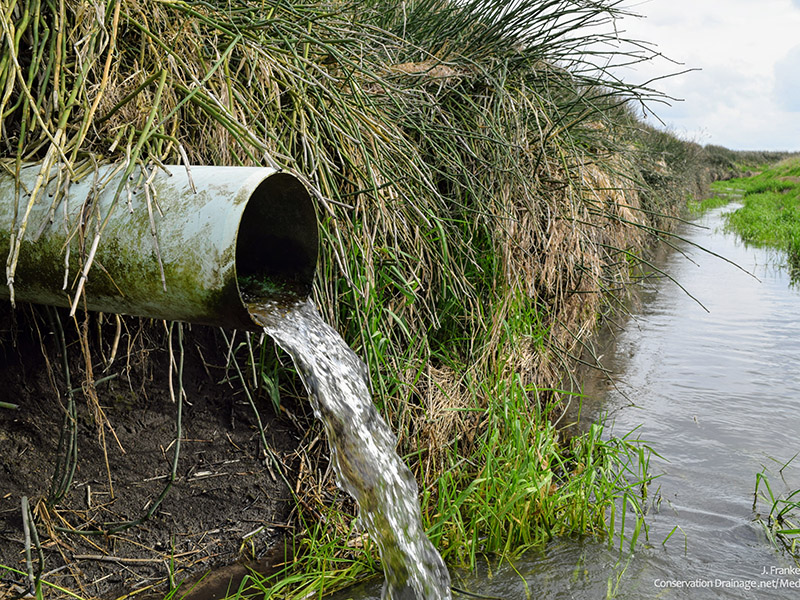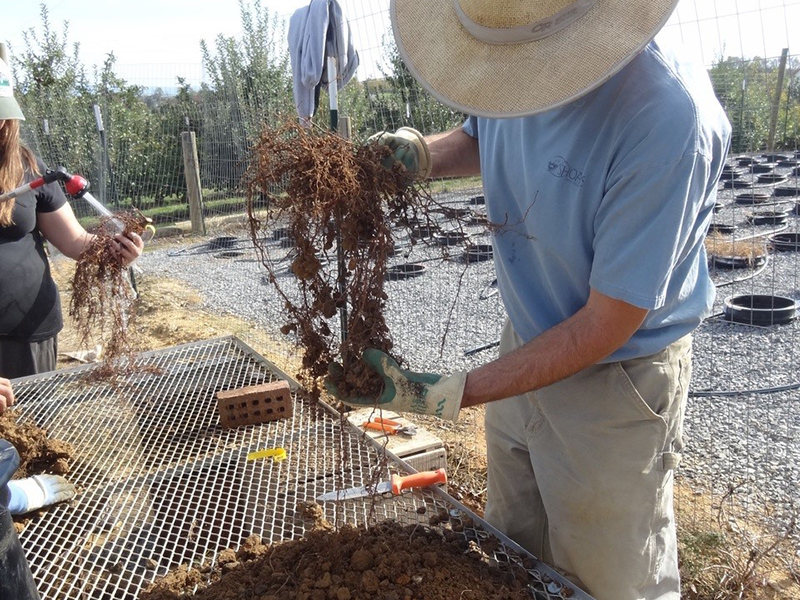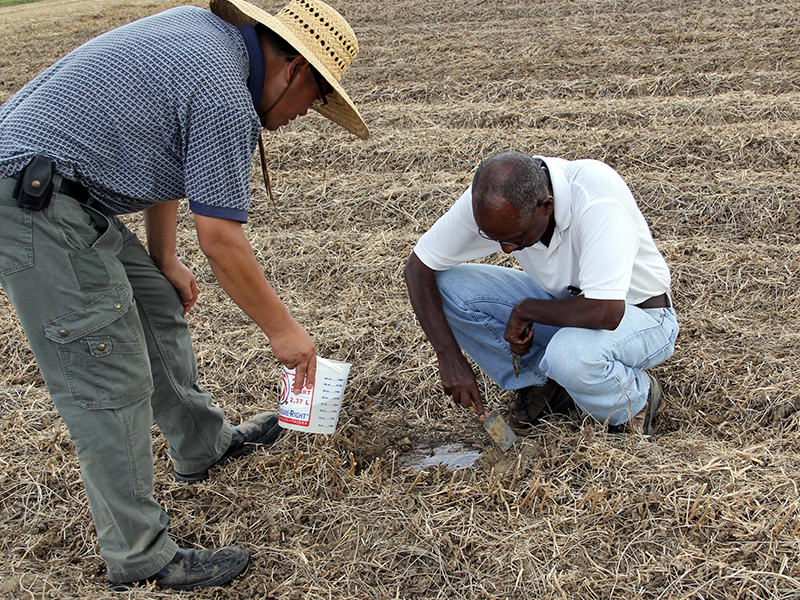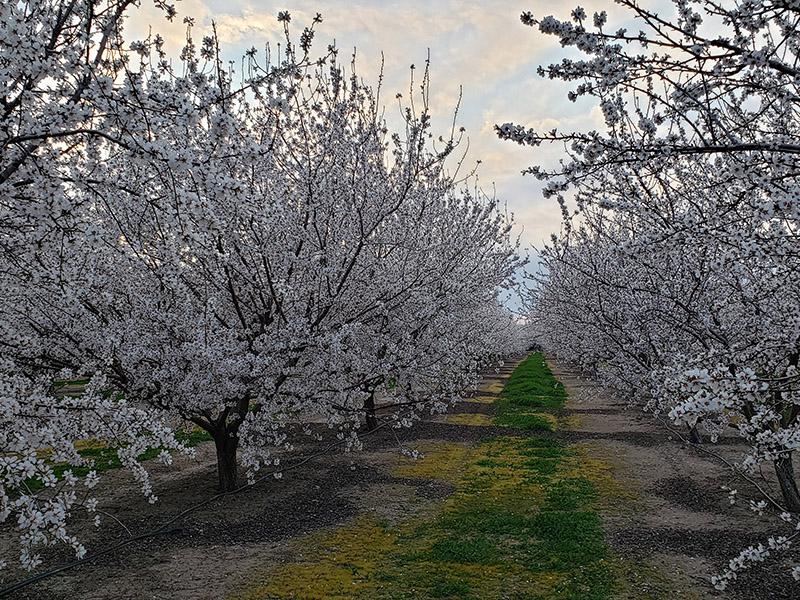Production Agriculture

Traditional crops are not a good match for all farmland, such as parts of the North Carolina Piedmont region.

Here, farmers need more options because some of the soils are poor, have been eroded, and often experience drought. Bioenergy crops may be a good option on these lands.

As most kids know, a big pile of mud can be a load of fun.
But not for farmers. Muddy fields mean too much water. And too much water means crops might not grow well.

As the saying goes, an apple a day keeps the doctor away. But what’s the key to growing a quality apple?

Apple trees need access to important nutrients, which come from the soil. However, soil is quite different from orchard to orchard.

Bioreactors are underground trenches filled with woodchips. They have been gaining traction as a tool to remove nitrogen from the water in agricultural settings. 

Double cropping is a practice where farmers harvest one crop, and then plant and harvest a second crop in the same field – all within the same year. It allows farmers to make the most out of the limited growing season.


The United States grows a lot of corn and soybeans. Some researchers think it’s a good idea to add wheat into that mix.


Each year, American farmers raise billions of chickens, more than enough for a “chicken for every pot,” as Herbert Hoover’s campaign once promised.

For years it’s been relatively easy to measure pollution from, say, a factory. At a factory, there might be just one pipe of waste to measure. Easy enough.

For the past 25 years, many farmers across Nebraska have relied on the chemical glyphosate for weed control to have a successful crop harvest. 


